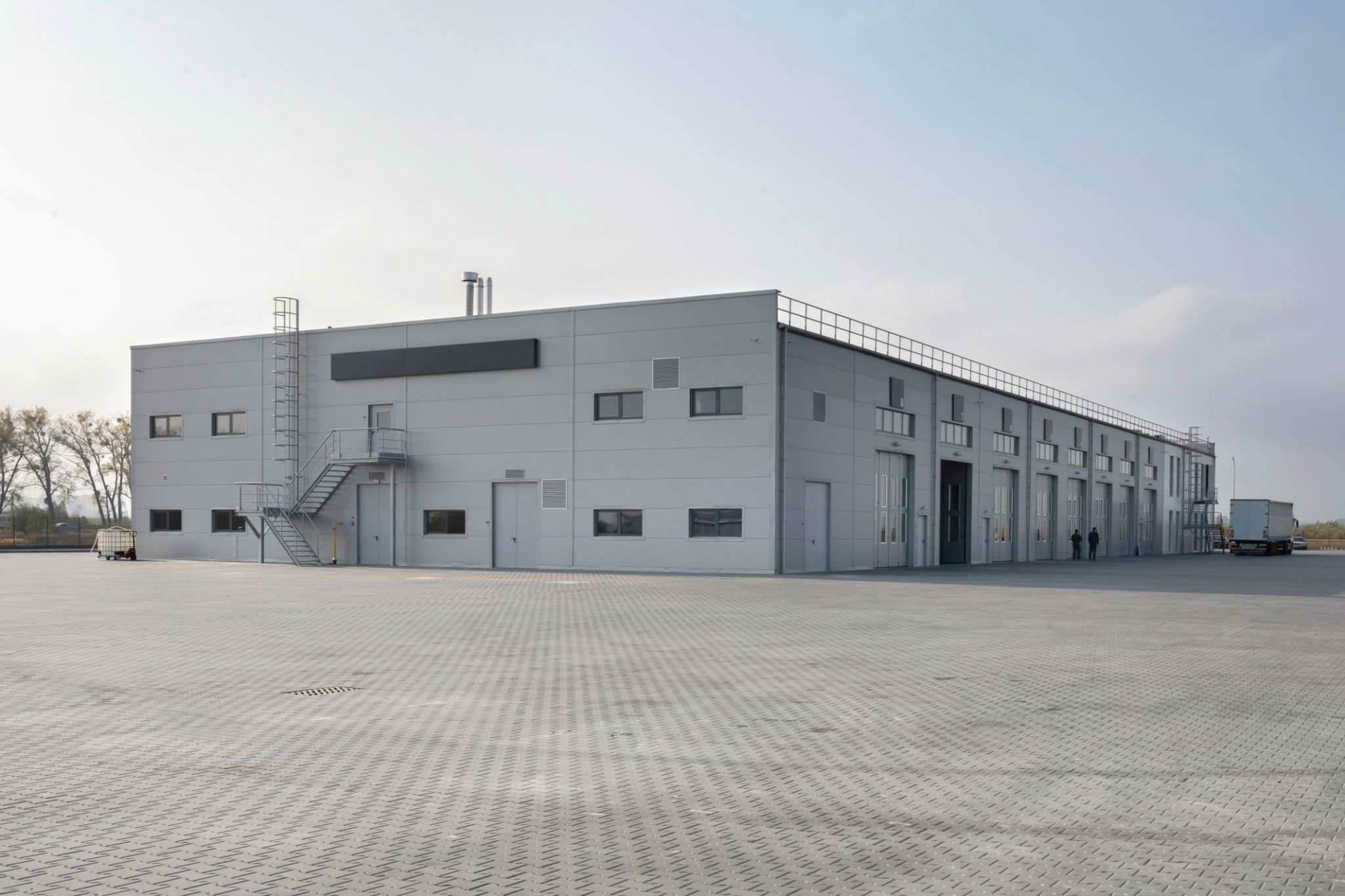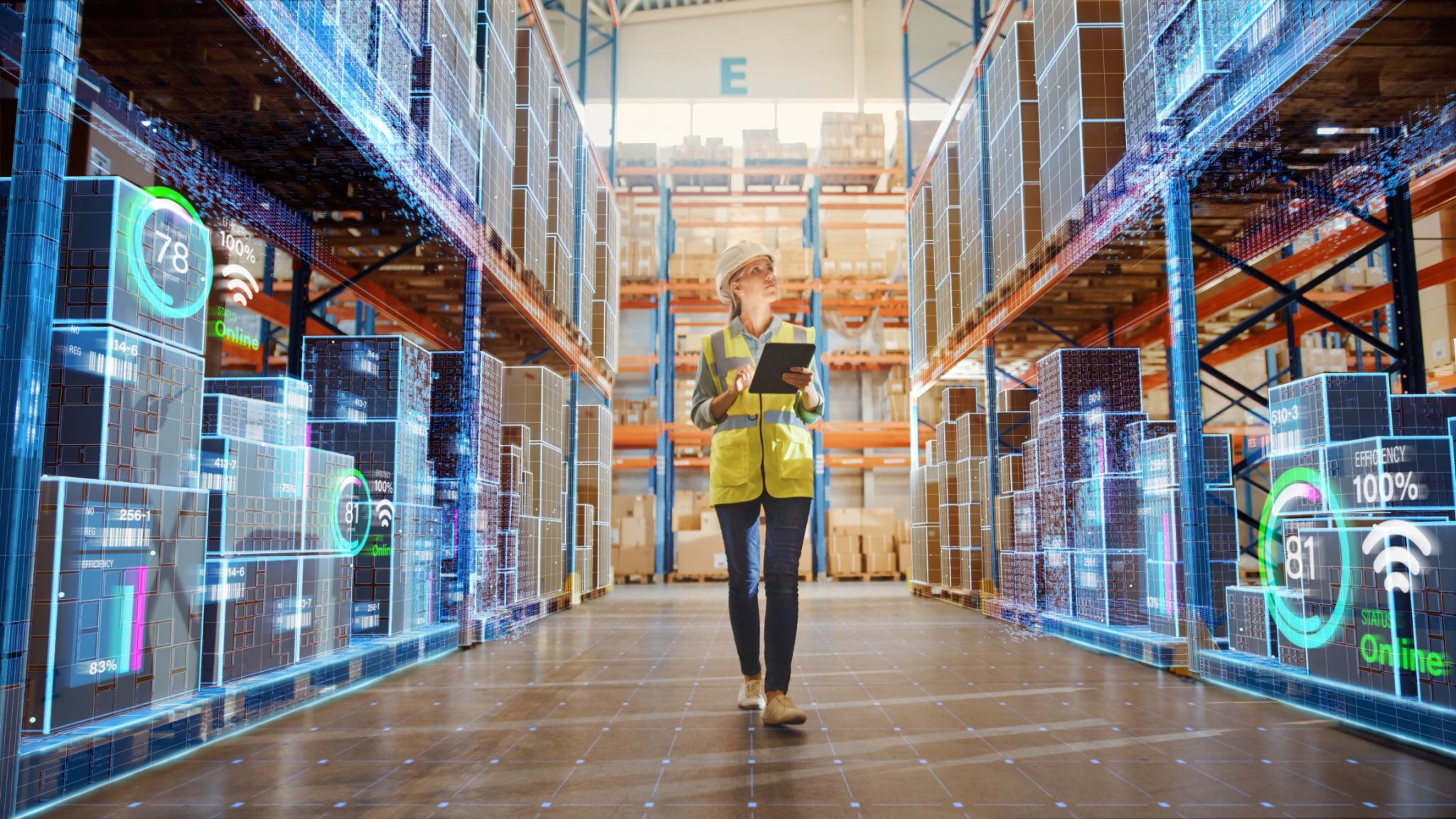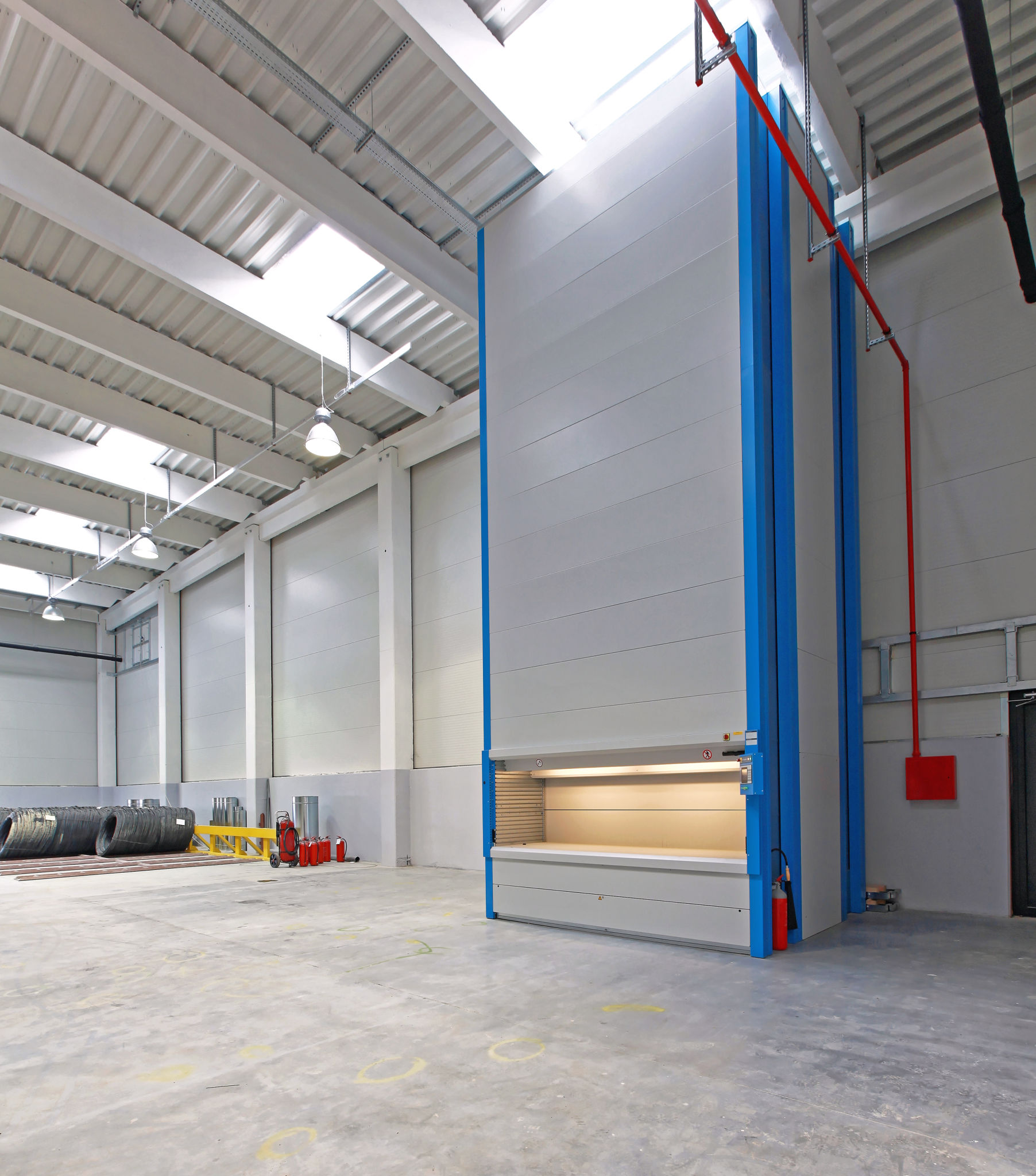Innovative Industrial Warehouse Design Trends
Embracing Flexibility in Warehouse Design
The industrial sector is witnessing a transformative era with innovative designs reshaping the traditional warehouse. One of the most significant trends is the move towards more flexible and adaptable spaces. These designs allow businesses to quickly respond to changing demands, whether it's scaling operations up or down. By incorporating modular elements, warehouses can be easily reconfigured to optimize space and efficiency.
Flexible designs often include features like movable walls, adjustable shelving, and multi-purpose zones. This adaptability not only enhances operational efficiency but also maximizes the use of available space. As businesses continue to evolve, having a space that can adapt is becoming increasingly vital.

Incorporating Technology for Smart Warehousing
Another major trend in industrial warehouse design is the integration of smart technology. With the rise of the Internet of Things (IoT), warehouses are becoming more intelligent and interconnected. Smart sensors and automation systems are being used to streamline operations, enhance inventory management, and improve energy efficiency.
These technologies provide real-time data, allowing businesses to make informed decisions and quickly adapt to any changes in demand or supply chain disruptions. The use of drones for inventory checks and autonomous vehicles for transportation are just a couple of examples of how technology is reshaping warehouse operations.

Sustainability: A Growing Priority
As environmental concerns continue to rise, sustainability has become a critical aspect of industrial warehouse design. Companies are increasingly looking to reduce their carbon footprint by implementing eco-friendly practices and materials in their warehouses. This includes using sustainable building materials, energy-efficient lighting, and renewable energy sources.
Green roofs, rainwater harvesting systems, and solar panels are becoming common features in modern warehouse designs. These sustainable elements not only help in reducing environmental impact but also result in significant cost savings over time, making sustainability a win-win for businesses.

Optimizing Space with Vertical Expansion
With land becoming scarce and expensive, many warehouses are adopting vertical expansion strategies. By utilizing vertical space, businesses can increase storage capacity without the need for additional land. This approach involves using taller shelving units and advanced lifting equipment to efficiently manage inventory.
Vertical expansion not only optimizes space but also improves accessibility and organization within the warehouse. It allows for better inventory management and reduces the time needed to locate and retrieve items.

Enhanced Safety Features
Safety is paramount in any industrial setting, and modern warehouses are designed with this in mind. Newer designs incorporate enhanced safety features such as improved ventilation systems, advanced fire suppression systems, and ergonomic workstations to protect workers.
Additionally, implementing clear signage, safety barriers, and high-visibility markings helps in preventing accidents and ensuring a safe working environment. These features are crucial as they contribute to reducing workplace injuries and maintaining productivity.
The Future of Industrial Warehouse Design
As the industrial sector continues to evolve, so too will the design trends that shape its warehouses. Future innovations may include further advancements in robotics, AI-driven inventory systems, and even more sustainable practices. The focus will remain on creating spaces that are not only efficient but also adaptable to the ever-changing needs of businesses.
By staying ahead of these trends, companies can ensure they are well-positioned to thrive in a competitive market. Embracing innovative designs is not just about staying current; it's about future-proofing operations for long-term success.
